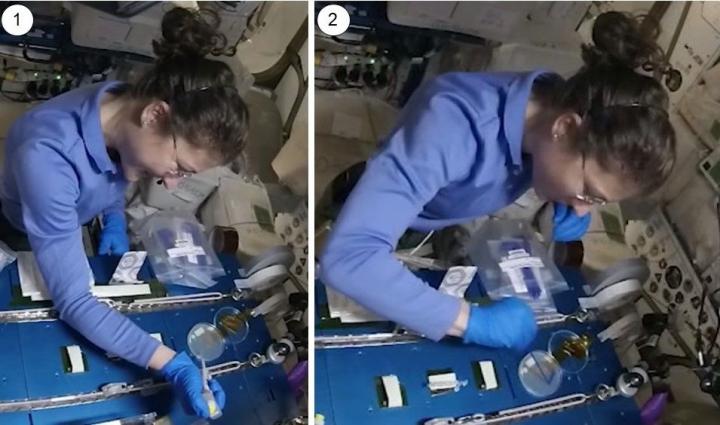Gene editing as a technology isn’t new, but it was only with the advent of CRISPR (which sounds like a brand of toaster) that it became anywhere close to mainstream. But now it’s done about the most hipster thing ever — the gene-editing technology has gone to space. To the International Space Station (ISS), in fact.
CRISPR than the crease in your genes
The first experiments using the gene-editing technology have taken place on the ISS, with astronaut Christina Koch helping scientists to damage DNA in a way that makes its repairs easier to observe. The experiment focuses on something called a double-strand break, which is a particularly harmful sort of damage, using a wheat-cell culture.
What, you thought they were doing human gene editing in space? We’re not quite ready for that level of stellar excitement.
The ‘why’ of it all is pretty obvious — humans are spending more time in space and it’ll help to see how DNA — which takes damage in all sorts of ways here on Earth — responds to repairs in space. The CRISPR/Cas9 gene editing experiment is a much more scientific method than bonking an astronaut on the head and then watching them under a microscope for days on end.
The experiments were actually conducted some time ago, but as with most science, we haven’t really heard about it until the results were available. One of the experiment’s authors, Dr Sebastian Krave, said, “It’s not just that the team successfully deployed novel technologies like CRISPR genome editing, PCR, and nanopore sequencing in an extreme environment, but also that we were able to integrate them into a functionally complete biotechnology workflow applicable to the study of DNA repair and other fundamental cellular processes in microgravity.”
